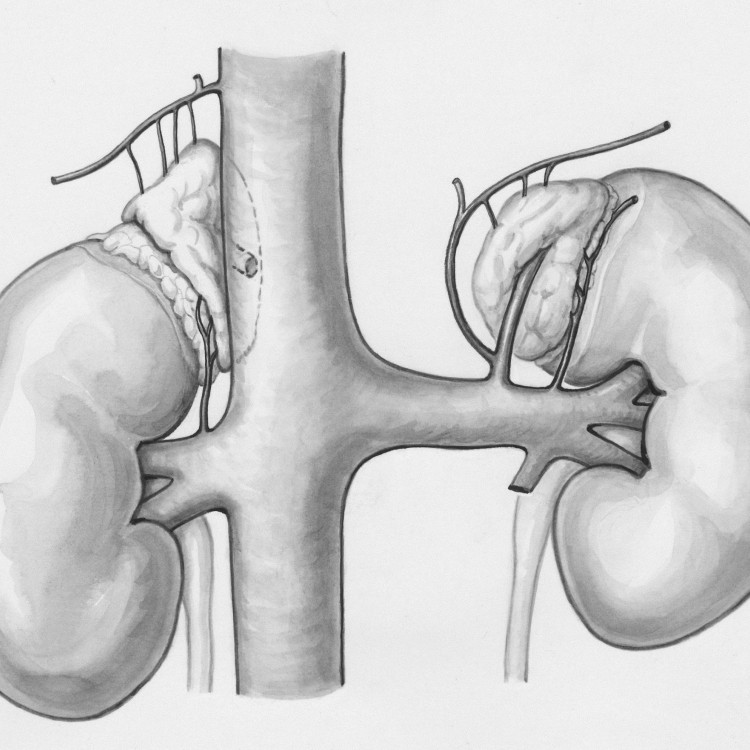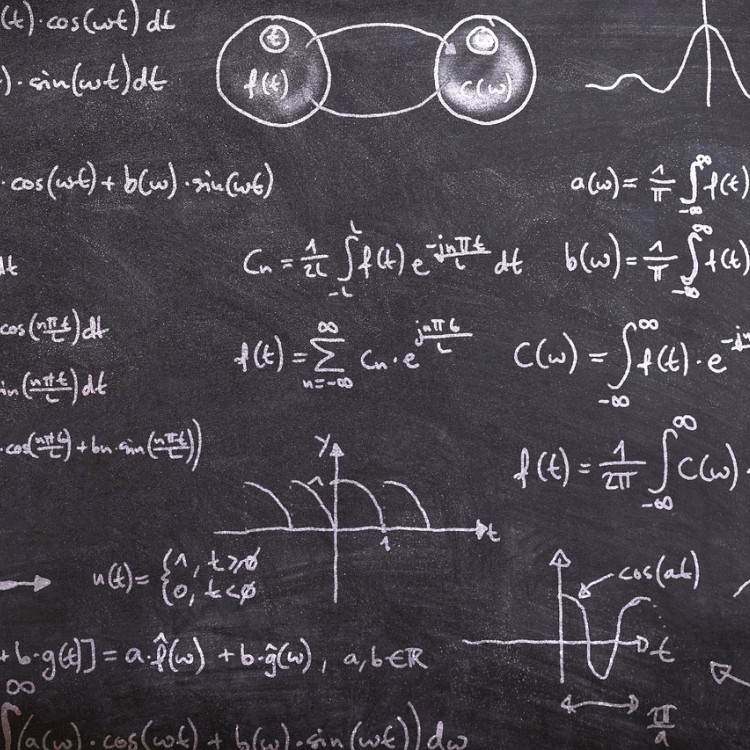

Een partij heeft de plicht om haar eigen bezwaar van gebrek aan nieuwheid in elke fase van de beroepsprocedure volledig toe te lichten.
Background
The appellant-opponent (A) appealed the decision of the opposition division to reject the opposition against European patent No. 2 023 473.
The opposition had been filed against the patent in its entirety. Grounds for opposition were lack of novelty (Art. 100(a) EPC in combination with Art. 52(1) EPC, Art. 54 EPC) and lack of inventive step (Art. 100(a) EPC in combination with Art. 52(1) EPC, Art. 56 EPC).
The Appeal
A requested that the decision under appeal be set aside and that the European patent be revoked.
The respondent-patent proprietor (R) requested that the European patent be maintained as granted, or, as an auxiliary request, that the case be remitted back to the opposition division, or that the European patent be maintained as amended according to an auxiliary request.
Discussion on novelty
Claim 1 as granted comprises features 1a – 1l. Among other things, A argued that prior art document D1 anticipated claim 1. Only at the oral proceedings before the Board, R argued for the first time that features 1b and 1g were not disclosed in prior art document D1.
A considered that this submission of R was very late. Since R had not disputed the disclosure of these features in D1 prior to the oral proceedings before the Board, A had assumed that R had agreed in the appeal proceedings that features 1b and 1g were disclosed by D1. A also submitted that the question of whether D1 disclosed features 1b and 1g was not an issue in the decision under appeal.
The Board did not accept A’s view.
The Board stated that the opposition division had assessed novelty and found that D1 failed to disclose at least features 1a, 1f and 1h. A challenged this finding and again raised the objection of lack of novelty with respect to D1 in the appeal proceedings. According to the Board, this means that A has to convince the Board that all features of claim 1 are disclosed in D1 for its objection to be successful. During the oral proceedings before the Board, the Board asked A where features 1b and 1g would be disclosed in D1. According to the Board, A should be able to answer the Board’s question as to the disclosure of these features in D1, even if this question was raised in detail for the first time at an advanced stage in the appeal proceedings. The fact that the disclosure of some features of claim 1 in D1 had not been discussed prior to the oral proceedings before the Board did not release the Appellant from its duty to fully explain to the Board its own objection of lack of novelty at each stage of the appeal proceedings.
However, A could not clearly indicate to the Board where D1 would disclose the whole of feature 1g.
In respect of the novelty assessment with respect to D1, the Board concluded that D1 does not disclose features 1f, 1g and 1l and at least part of the features 1a and 1h. The Board therefore concluded that the subject matter of claim 1 as granted is new over D1.
Discussion on inventive step
A argued that should novelty be acknowledged, the subject matter of claim 1 was not inventive over D1 in combination with either the skilled person’s common general knowledge or the teaching of another prior art document D5. A considered that for assessing inventive step, the term “the chassis” could be associated with structural units in document D1 using two alternative interpretations of D1, but that neither of these interpretations was inventive.
R counterargued that A picked individual features out of different documents and arbitrarily combined them to arrive at the claimed subject matter. This applied to both alternative interpretations of “the chassis”, of which especially the second alternative interpretation was based on hindsight. Moreover, R argued that all features differentiating D1 from claim 1 contributed to a single problem.
The Board considered D1 a suitable starting point and agreed that A’s first interpretation of “the chassis” was reasonable.
However, according to the Board, the features differentiating claim 1 from D1 achieved different technical effects, since feature 1f was not synergistically related to the remaining differentiating features. The presence or absence of feature 1f would have no effect on the other differentiating features.
The Board noted that different features can contribute independently to the solution of the same problem, by providing a different solution to the same problem but without any synergistic or combined effect between the individual features. A combined effect of several differentiating features implied a concrete interaction between the features, i.e., the elimination of one feature has a direct impact on the other features or has consequences for them so that it might be necessary to modify them. The Board stated that this was not the case here, since the presence or absence of feature 1f has no consequences for the other differentiating features.
Therefore, the Board formulated two partial problems: a first partial problem solved by feature 1f and a second partial problem solved by the other distinguishing features.
The solution to the first partial problem was considered obvious in respect of the teaching of D1.
The solution to the second partial problem was not considered obvious when starting from D1 and applying common general knowledge, nor when combining the teaching of documents D1 and D5.
The Board held that A could not provide any convincing arguments why the skilled person, starting from D1, would consult D5 to solve the second partial problem, nor with the help of which features of D5 the skilled person would solve the problem. According to the Board, it was not sufficient for convincingly arguing obviousness that the skilled person could have done so.
According to the Board, even if D5 discloses individual differentiating features, it cannot be concluded that the skilled person would in an obvious manner select them for integration into the device of D1 without any hint whatsoever to do so. A’s objection based on a combination of D1 and D5 was considered an arbitrary cherry-picking of individual features based on hindsight that did not correspond to the correct assessment of inventive step based on the well-established problem and solution approach.
In a second attack, A argued lack of inventive step using the second, alternative interpretation of “the chassis” in D1. This attack was presented after the Board had concluded that feature 1g is not disclosed in D1. The Board was of the opinion that this interpretation of “chassis” would be based on hindsight. Herein the Board relied, e.g., on the common meaning of the words “chassis” and “housing”. Therefore, the Board concluded that an assessment of inventive step cannot convincingly be based on the second interpretation of “chassis”.
Therefore, the Board concluded that the subject matter of claim 1 as granted involves an inventive step.
Decision of the Board (of Appeal)
The Board decided that the appeal is dismissed.








